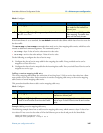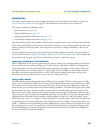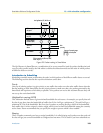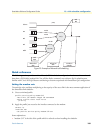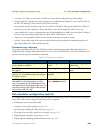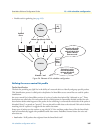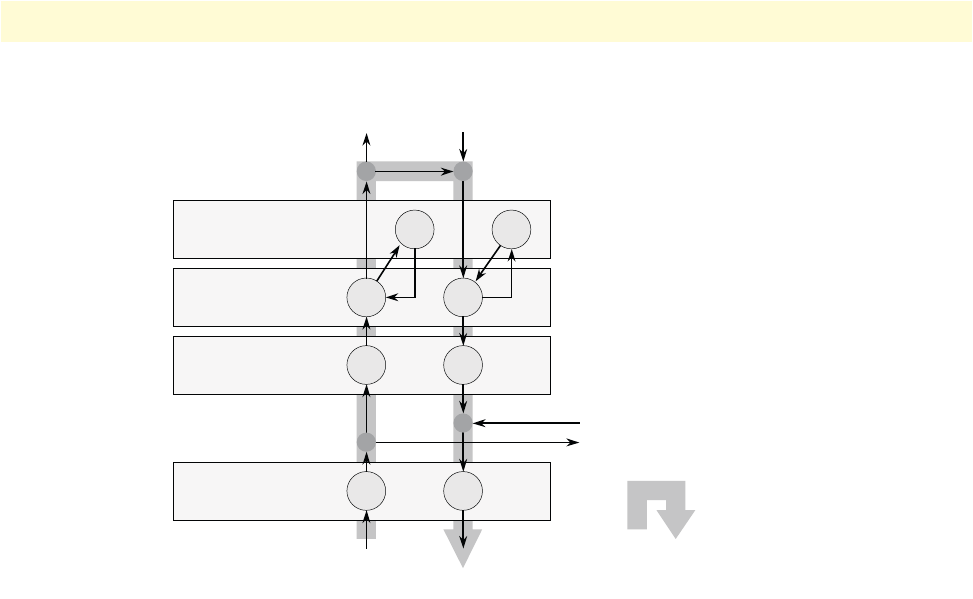
Introduction 153
SmartWare Software Configuration Guide 13 • Link scheduler configuration
Figure 22. Packet routing in SmartWare
The QoS features in SmartWare are a combination of an access control list (used for packet classification) and
a service-policy profile (used by the link arbiter to define the arbitration mode and the order in which packets
of different classes are served).
Introduction to Scheduling
Scheduling essentially means to determine the order in which packets of the different traffic-classes are served.
The following sections describe the ways this arbitration can be done.
Priority
One way of ordering packets is to give priority to one traffic-class and to serve the other traffic-classes when the
first has nothing to send. SmartWare uses the priority scheme to make sure that voice packets generated by the
SmartNode will experience as little delay as possible. Voice packets can receive this treatment because they will
not use up the entire bandwidth.
Weighted fair queuing (WFQ)
This arbitration method assures a given minimal bandwidth for each source. An example: you specify that traf-
fic-class A gets three times the bandwidth of traffic-class B. So A will get a minimum of 75% and B will get a
minimum of 25% of the bandwidth. But if no class A packets are waiting B will get 100% of the bandwidth.
Each traffic-class is in fact assigned a relative weight, which is used to share the bandwidth among the currently
active classes. Patton recommends that you specify the weight as percent which is best readable.
Shaping
There is another commonly used way to assign bandwidth. It is called shaping and it makes sure that each traf-
fic-class will get just as much bandwidth as configured and not more. This is useful if you have subscribed to a
Link Scheduler
Network address
translation (NAT)
Voice mux/
demux
Access control
list (ACL)
IPSec encryption/
decryption
Local applications (CLI, Web Server)
To/from network port (Ethernet, PPPoE,
Frame relay, etc.)
Routing
Voice
processing
Sequence of processing stages
passed by a routed packet





